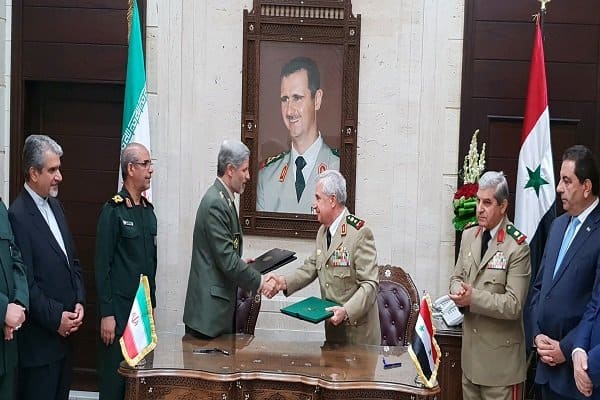
Official Iran-Syria military agreement highlights symbiotic relationship
Iranian and Syrian officials on 27 August signed a military agreement that highlights their symbiotic relationship.

Iranian and Syrian officials on 27 August signed a military agreement that highlights their symbiotic relationship.

Jalaluddin fought the Soviets, served as the Minister of Frontiers during the Taliban rule of Afghanistan from 1996-2001, was a member of the Taliban’s Quetta Shura, or governing body, and father of Sirajuddin Haqqani, one of the Taliban’s two deputy emirs and overall military commander.
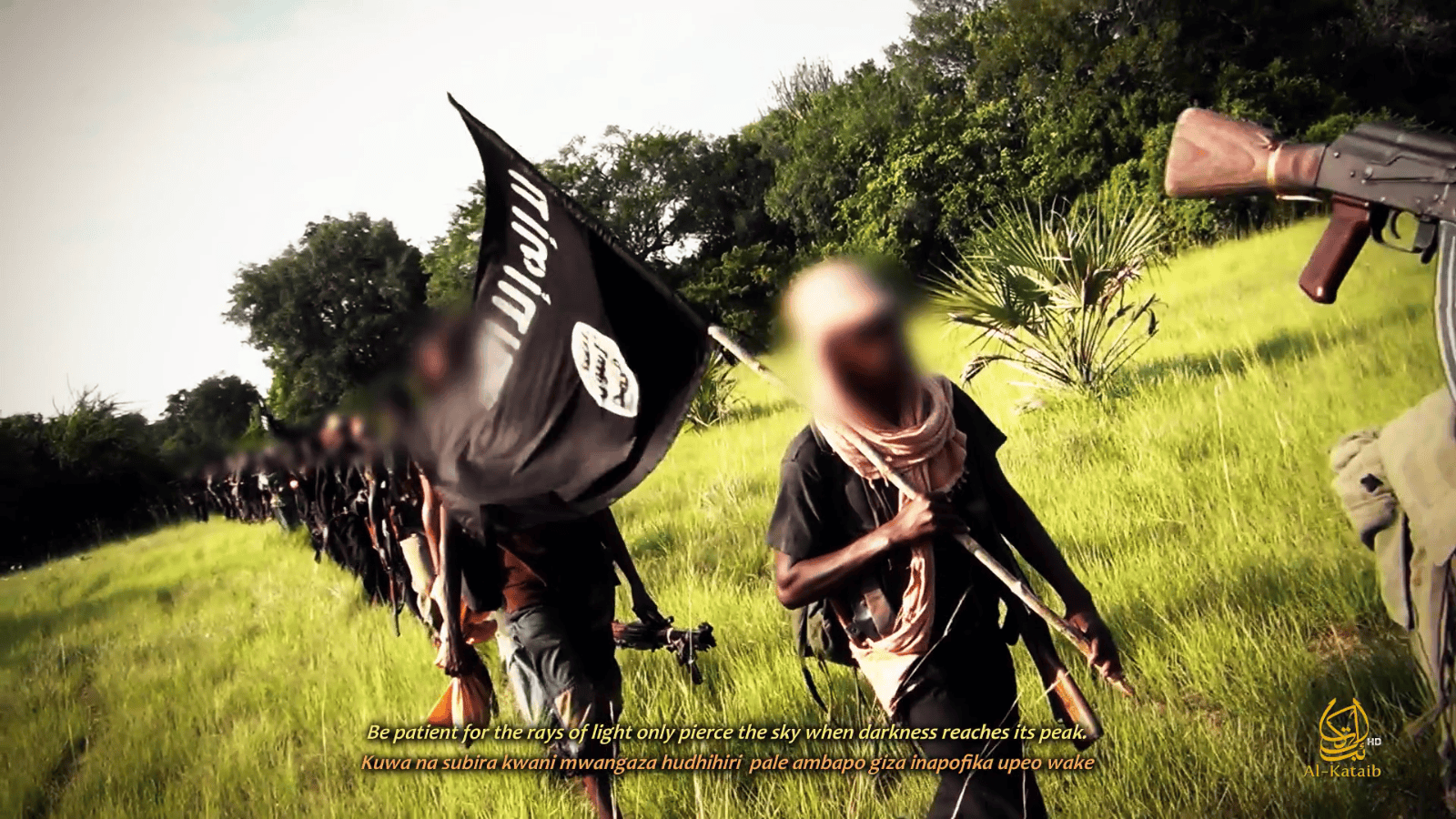
Shabaab has managed to launch 418 attacks of different types during the six-month timeframe in support of its persistent and ongoing insurgency against Somalia’s weak central government and allied African Union forces.
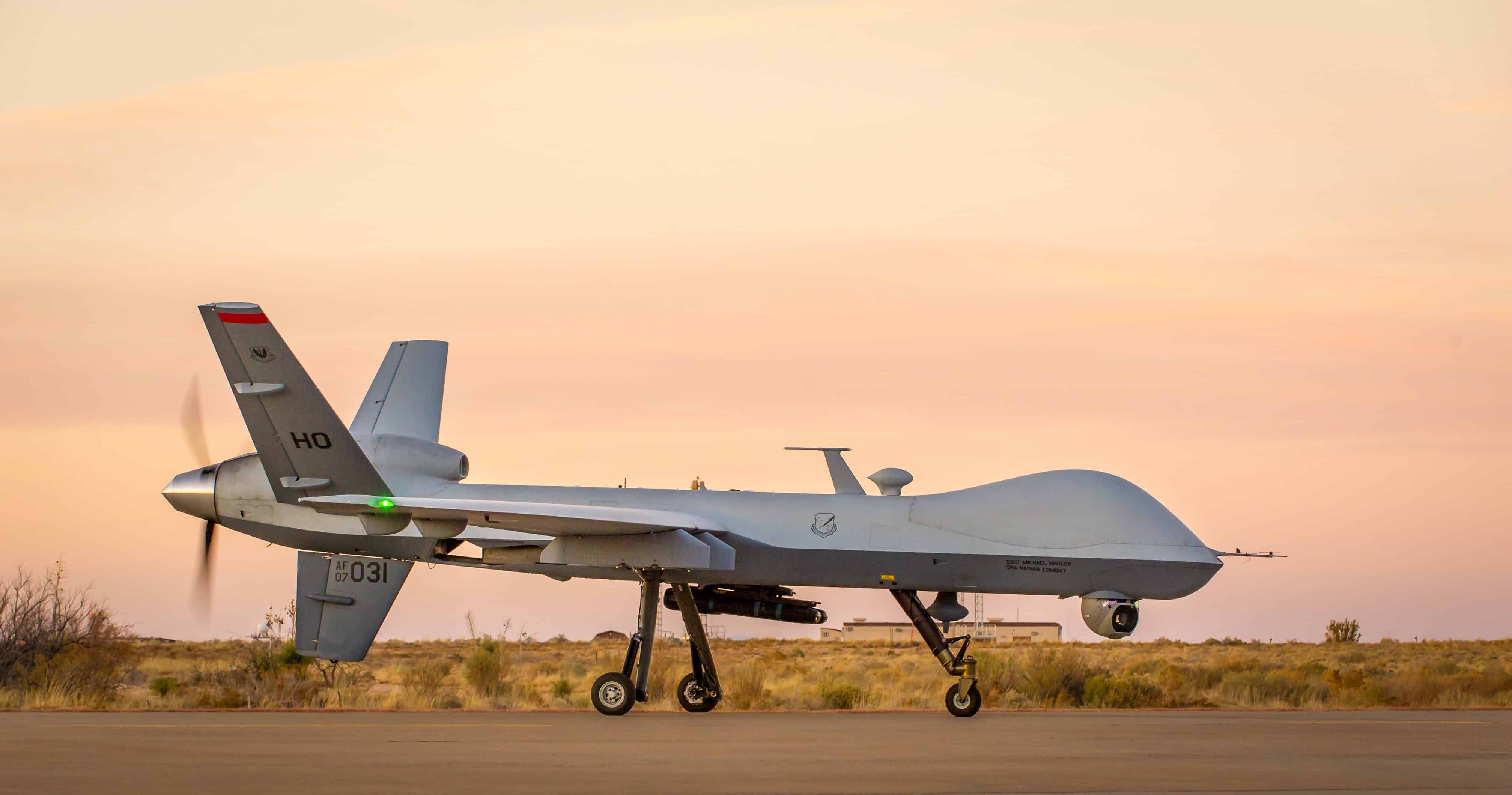
The United States has conducted a total of 34 strikes in Yemen in 2018, all of which targeted Al Qaeda barring one strike against the Islamic State in Jan. 2018. However the military is not likely to top last year’s high.
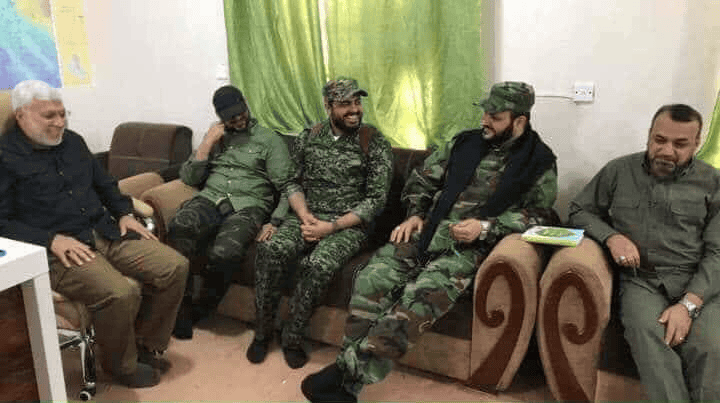
A newly released interrogation report shows that Qayis al-Khazali identified Abu Mahdi al-Muhandis and Abu Mustafa al-Sheibani as the two individuals Iran trusted “the most with attempting to implement the Iranian agenda in Iraq.” The pair went from being marginal players shortly after the US-led invasion in 2003 to leading the Iranian-backed Popular Mobilization Forces, one of most powerful and influential military organizations in Iraq.
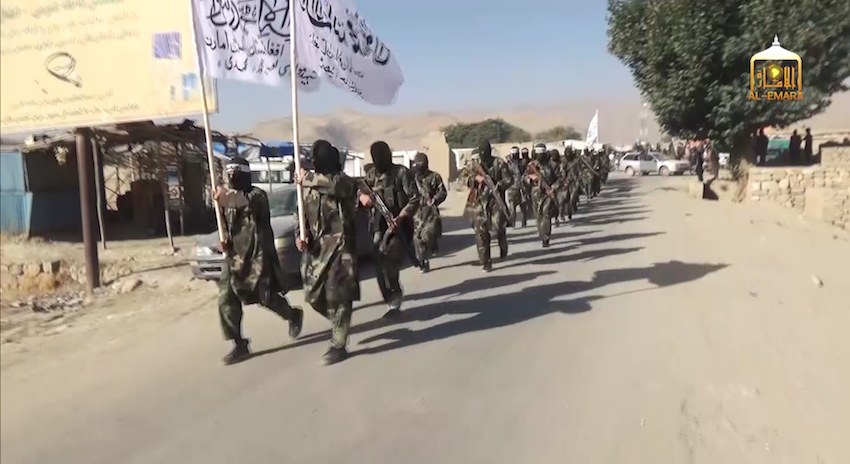
Afghan military officers said there are no problems in Faryab and that the abandonment of the bases was all part of plan.
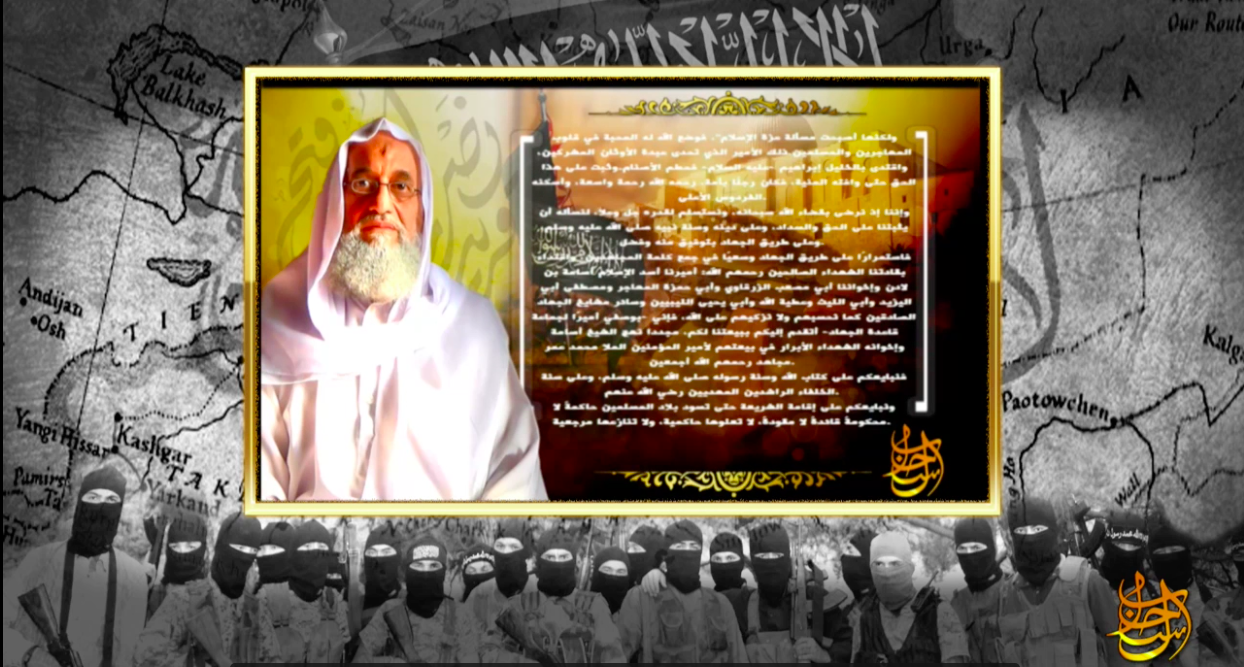
The Trump administration is desperately trying to negotiate with the Taliban’s senior leadership. The Obama administration did as well, with the effort ending in a diplomatic fiasco.
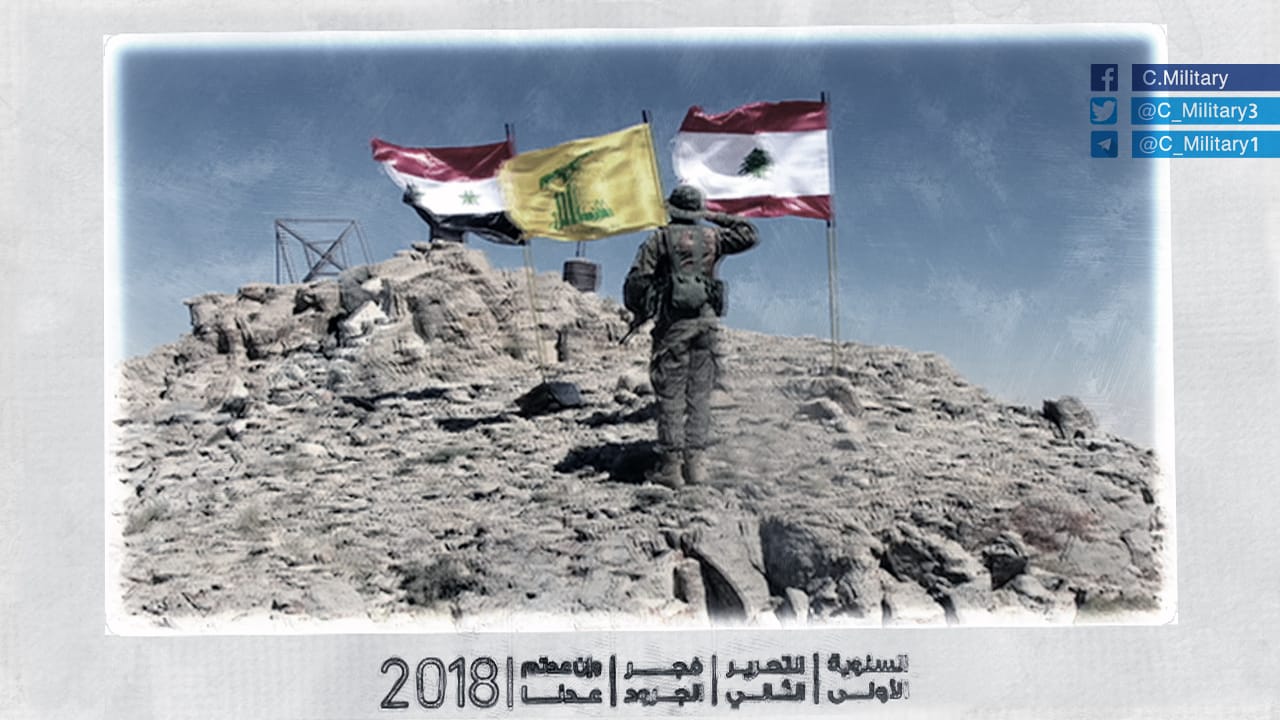
Despite official Lebanese claims to the contrary, the photos recently released by Hezbollah offer more evidence of how its forces coordinated with the Lebanese military in last year’s battle near Arsal.
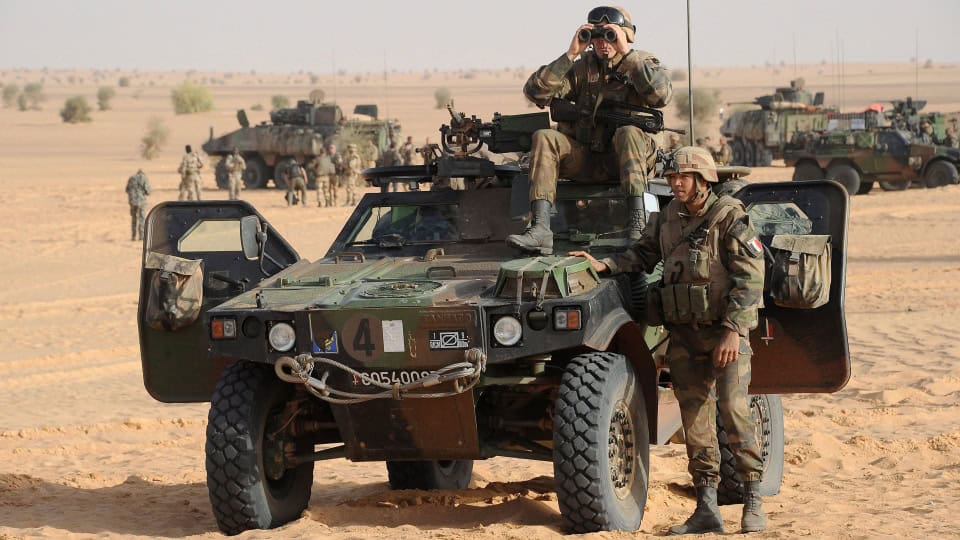
In a military operation yesterday, the French reportedly killed a top Tuareg commander for the Islamic State in the Greater Sahara in Mali’s northern Menaka region.
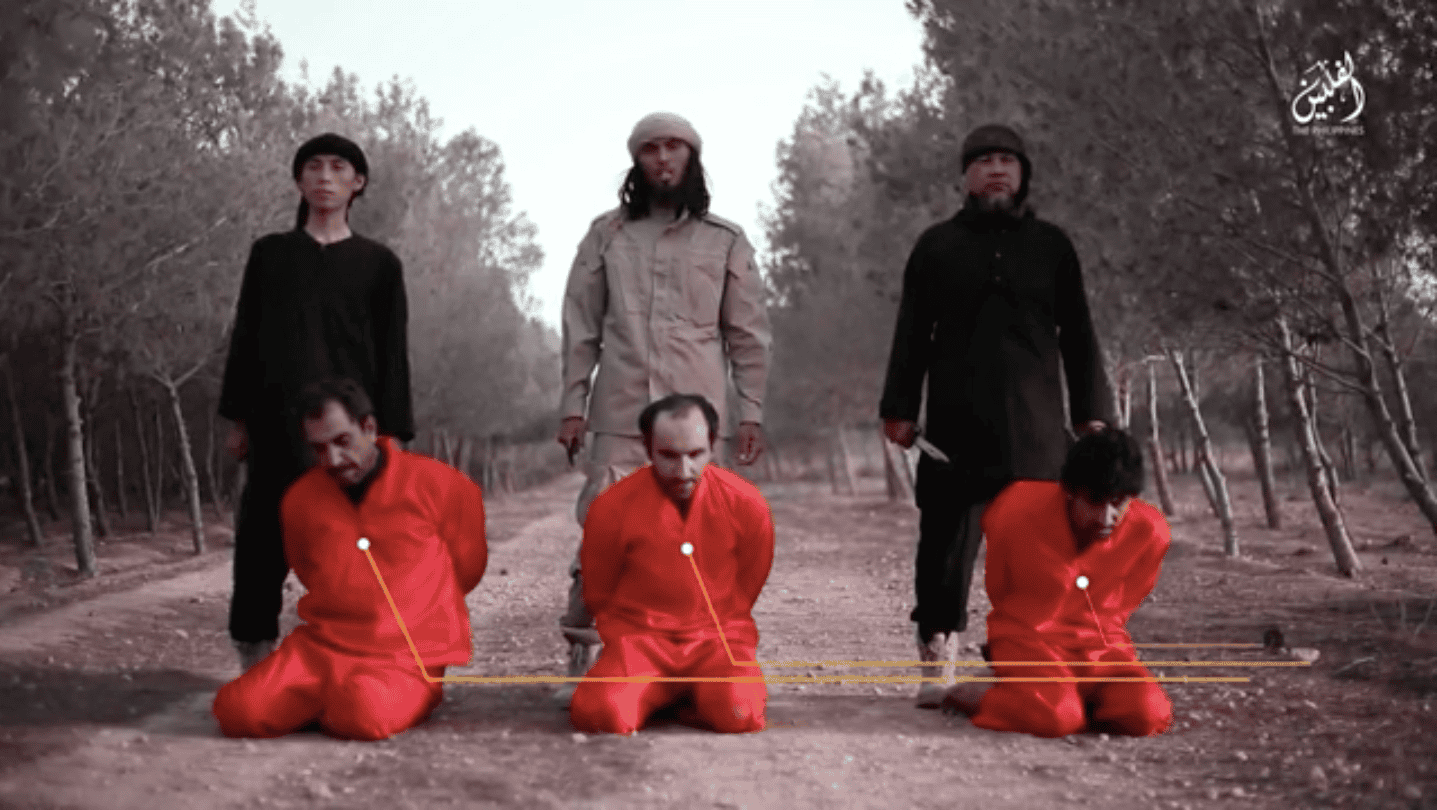
On Aug. 24, the US Treasury Department designated three Islamic State recruiters as terrorists. The trio appeared in a June 2016 beheading video that was used to recruit fighters from Southeast Asia. The new designation is the latest in a series of moves taken by the US government to target the Islamic State’s global network with financial sanctions and other measures.
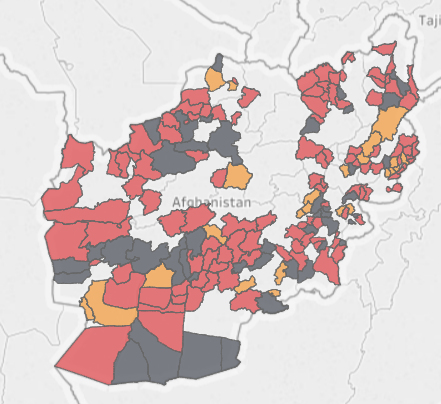
The Afghan military continues to struggle to hold onto districts in remote areas of the country. The fall of Ghormach was all but certain after the Taliban overran a large base in the district on Aug. 11 and killed and captured nearly 100 Afghan soldiers.
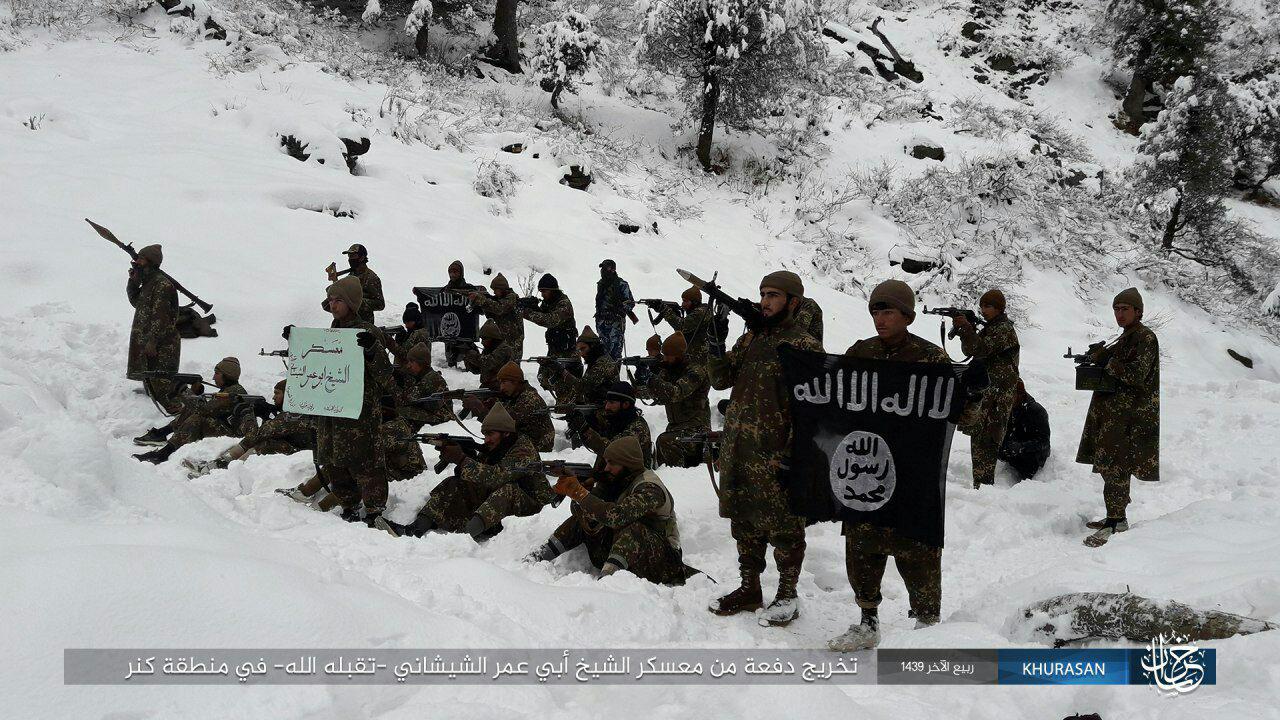
Bajauri’s death is likely to be touted as a strategic blow to Khorasan province. However, the US military has killed the three previous leaders in the span of 25 months, and yet the group has expanded its operations.
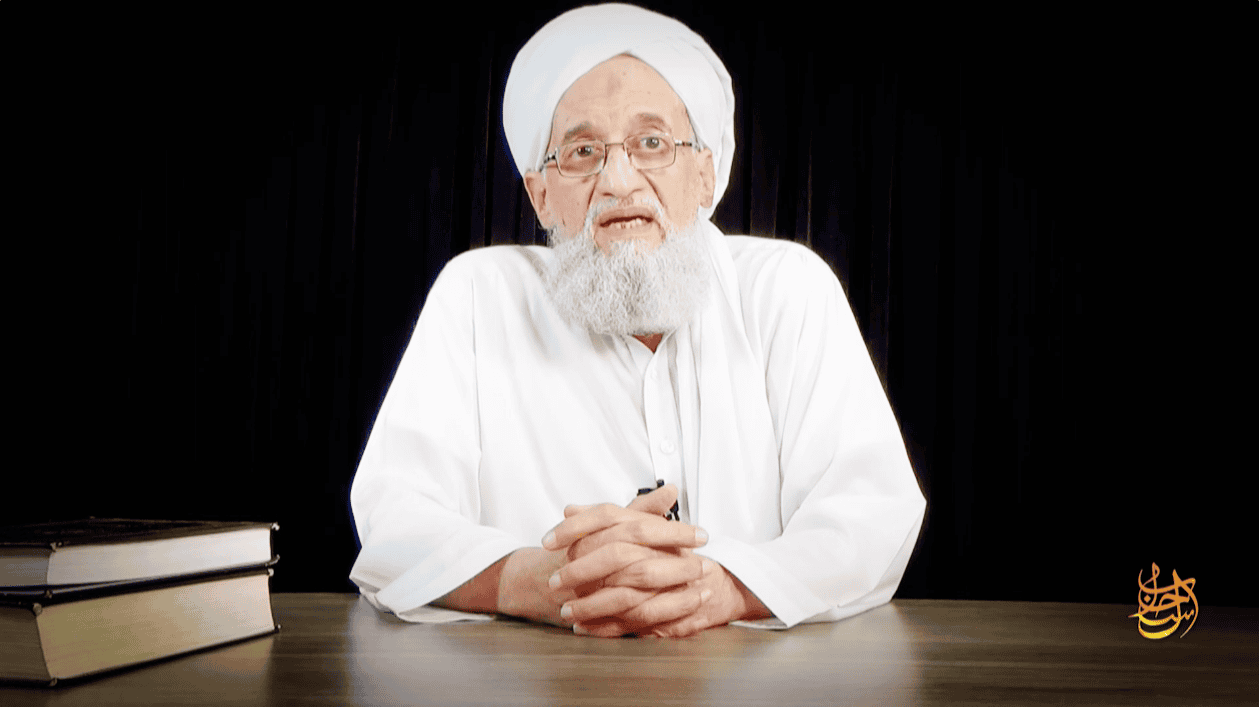
Al Qaeda has released a new message from its emir, Ayman al Zawahiri, who argues that the Taliban’s Islamic Emirate of Afghanistan is a core part of a new, imagined caliphate.

At a Pentagon press conference, General Nicholson again gave a Pollyannish assessment of the state of Afghanistan. He claimed the peace process is working and the Taliban’s offensive is failing, and took credit for a Taliban victory over the Islamic State.

An assailant stabbed a small number of people in Trappes, west of Paris, earlier today. The Islamic State quickly claimed via its Amaq News Agency that the attacker was one of its “fighters.” Authorities are investigating the incident, and the possibility it was a family dispute turned violent. Some reports say the two people killed were the “attacker’s mother and sister.”

The public seldom hears from the reclusive Abu Bakr al Baghdadi, who last released a speech nearly a year ago. But in his latest message, Baghdadi downplays the loss of his territorial caliphate while claiming the US has entered a new stage of “weakness.”
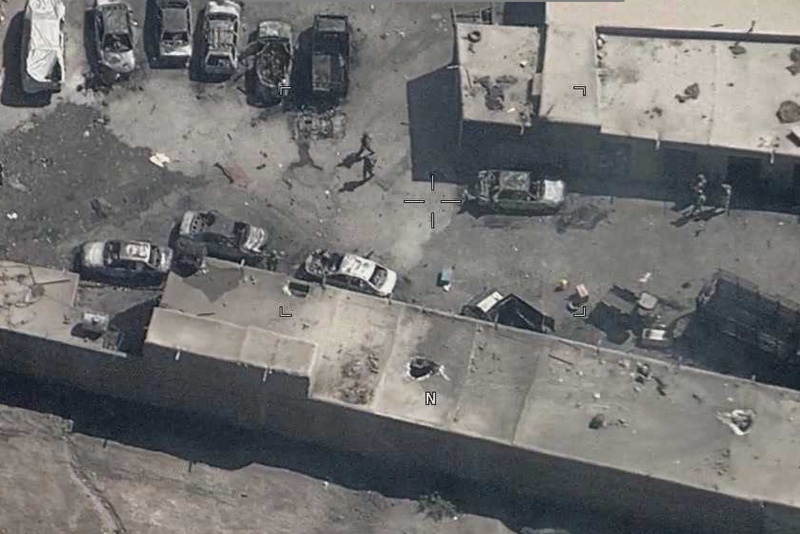
A team of nine Islamic State jihadists launched a mortar attack in Kabul yesterday as President Ashraf Ghani was delivering a speech. NATO’s Resolute Support touts the efficacy of the Afghans’ response, but the Islamic State’s network continues to regularly launch operations in the Afghan capital.
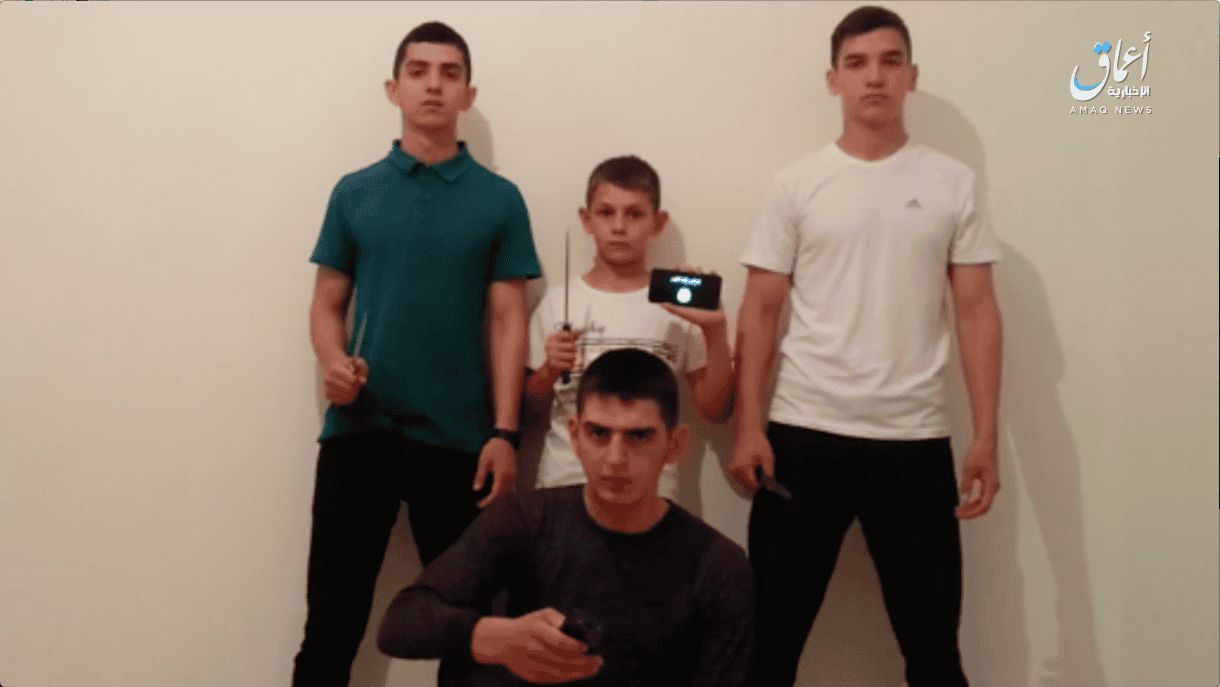
The Islamic State’s Amaq News Agency has released a short video purportedly showing the four young males responsible for attacks on police in Chechnya yesterday. Chechen authorities have said the attackers were all younger than 17 years-old, with the youngest being just 11. Amaq’s video shows youth in that age range swearing allegiance to Abu Bakr al Baghdadi.
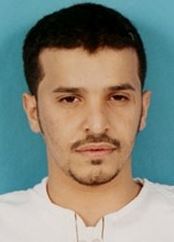
The death of Ibrahim al Asiri, one of the most dangerous and wanted men in the world, has yet to be confirmed. If he is confirmed to have been killed, his death will likely have minimal impact on AQAP as he has shared his expertise for well over a decade.

The fall of the northern district of Bilchiragh in Faryab province, is part of a disturbing pattern of Afghan forces being surrounded by the Taliban and then either overwhelmed or forced to surrender.

The Taliban has released a new statement attributed to its emir, Hibatullah Akhundzada, who says there will only be “peace” when America leaves Afghanistan. Akhundzada blasts the current Afghan government as a “corrupt regime” and portrays the Taliban’s Islamic Emirate of Afghanistan as the only legitimate authority.
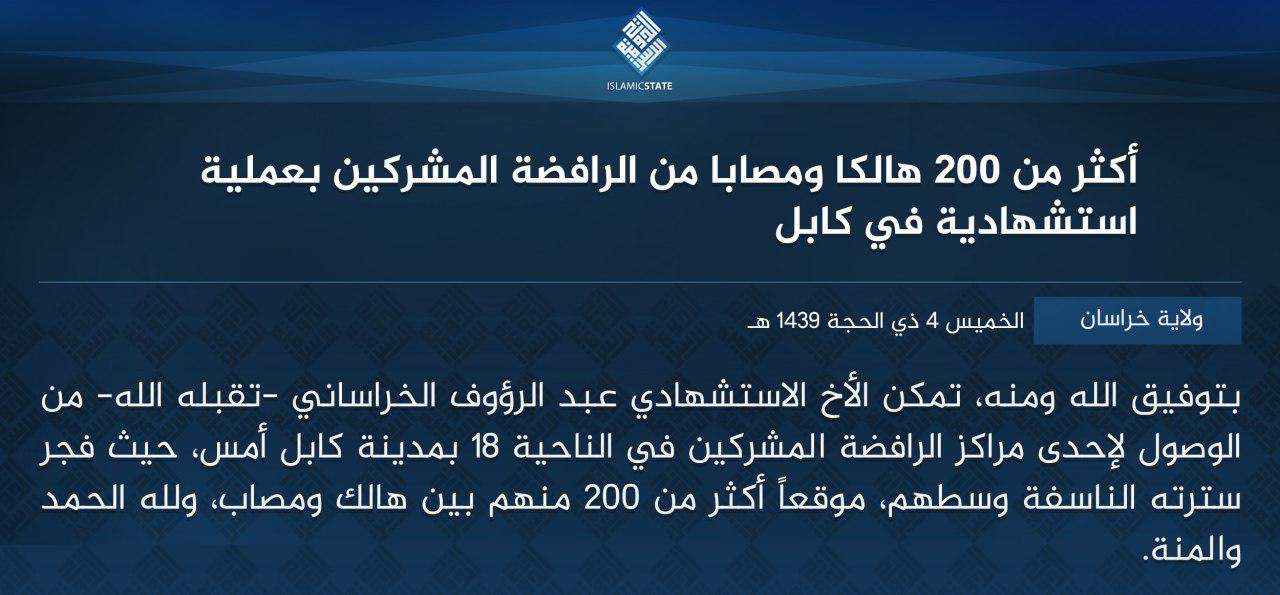
The Islamic State has claimed responsibility for a suicide bombing at a school in the Afghan capital yesterday. The so-called caliphate’s jihadists regularly target Shiite civilians in its “suicide and complex attacks.”

The Taliban never slowed in launching numerous attacks across the country even as it committed significant resources to the fight in Ghazni.
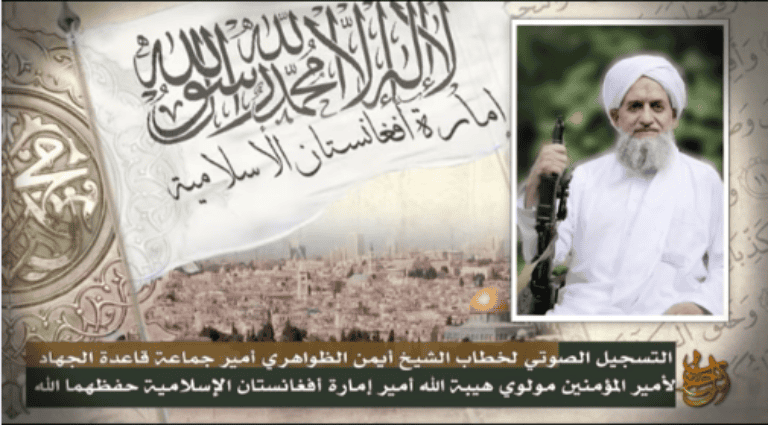
According to a new report published by the United Nations, al Qaeda’s “alliance with the Taliban and other terrorist groups in Afghanistan remains firm,” as al Qaeda and the Taliban are “closely allied.” Some of the UN’s Member States consider al Qaeda’s global network to be a bigger long-term threat than the Islamic State.

A report by the United Nations includes new details concerning the dispute between Hay’at Tahrir al-Sham (HTS) and al Qaeda’s senior leaders, including the role played by two veteran operatives living in Iran. The UN’s member states say that HTS is still in “contact” with al Qaeda’s leadership despite their heated disagreements, and that al Qaeda has even reinforced HTS with “military and explosives experts” sent from Afghanistan.
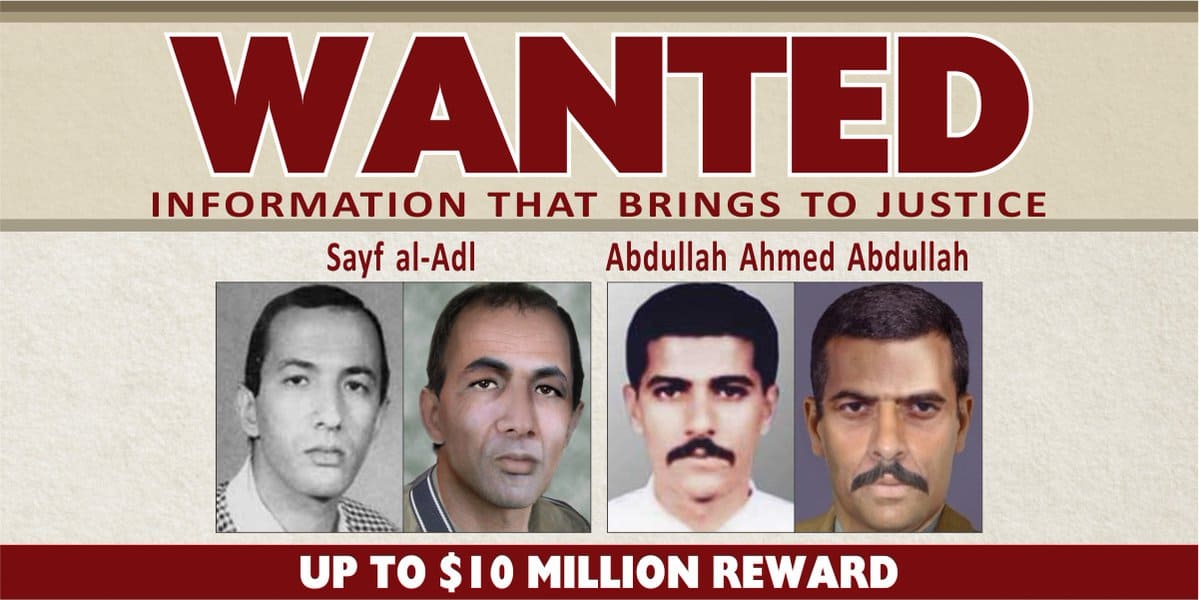
On Aug. 8, the State Department announced that it had increased its reward for information concerning the whereabouts of two veteran al Qaeda leaders: Abdullah Ahmed Abdullah and Saif al-Adel. Although State didn’t explain the move, there is evidence that the two al Qaeda managers were operating inside Iran as of 2017.
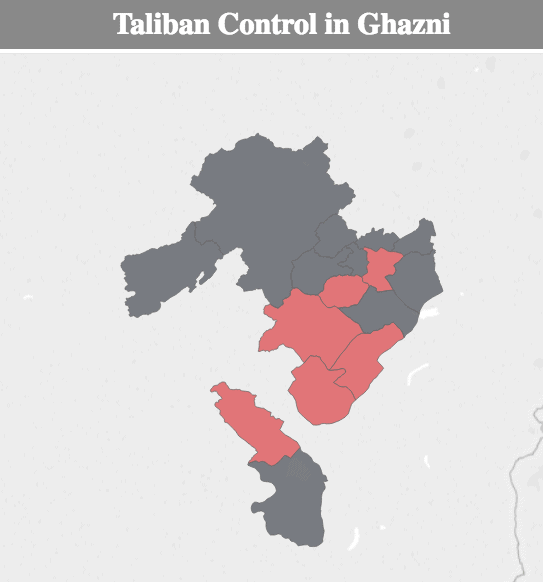
In addition to Ajristan and Khwaja Umar, the districts of Nawur, Jaghatu, and Deh Yak have fallen to the Taliban. Meanwhile, Resolute Support has intentionally misled the the public about the status of seven of Ghazni’s districts. Resolute Support claimed these districts were under government control; in reality the Taliban physically controlled the terrain while the Afghan government operated the government remotely from Ghazni City.
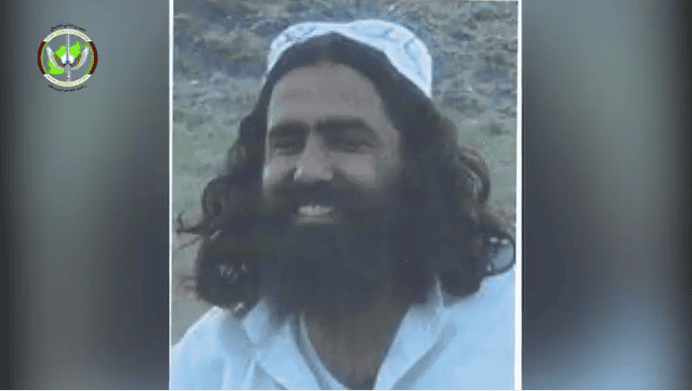
Al Qaeda has long operated in Ghazni province, the site of a large-scale Taliban offensive in recent days. In 2010, Osama bin Laden ordered his men to relocate from northern Pakistan into Ghazni and other Afghan provinces. Bin Laden’s lieutenant also wrote in mid-2010 that al Qaeda had “very strong military activity” in at least eight Afghan provinces, including Ghazni. More recently, American and Afghan forces have targeted al Qaeda operatives in the province.

This now makes two Iranian-based leaders of Bahraini militant group Saraya al Ashtar, or the Al Ashtar Brigades, to be designated as global terrorists by the US State Department.

The current fighting in and around Ghazni City indicates that the Taliban has a detailed plan to tie up Afghan forces while attempting to seize the provincial capital. Additionally, the Taliban was able to mass its forces undetected; the Afghan military was clearly caught off guard and is struggling to get into the fight four days after the Taliban launched its attack.